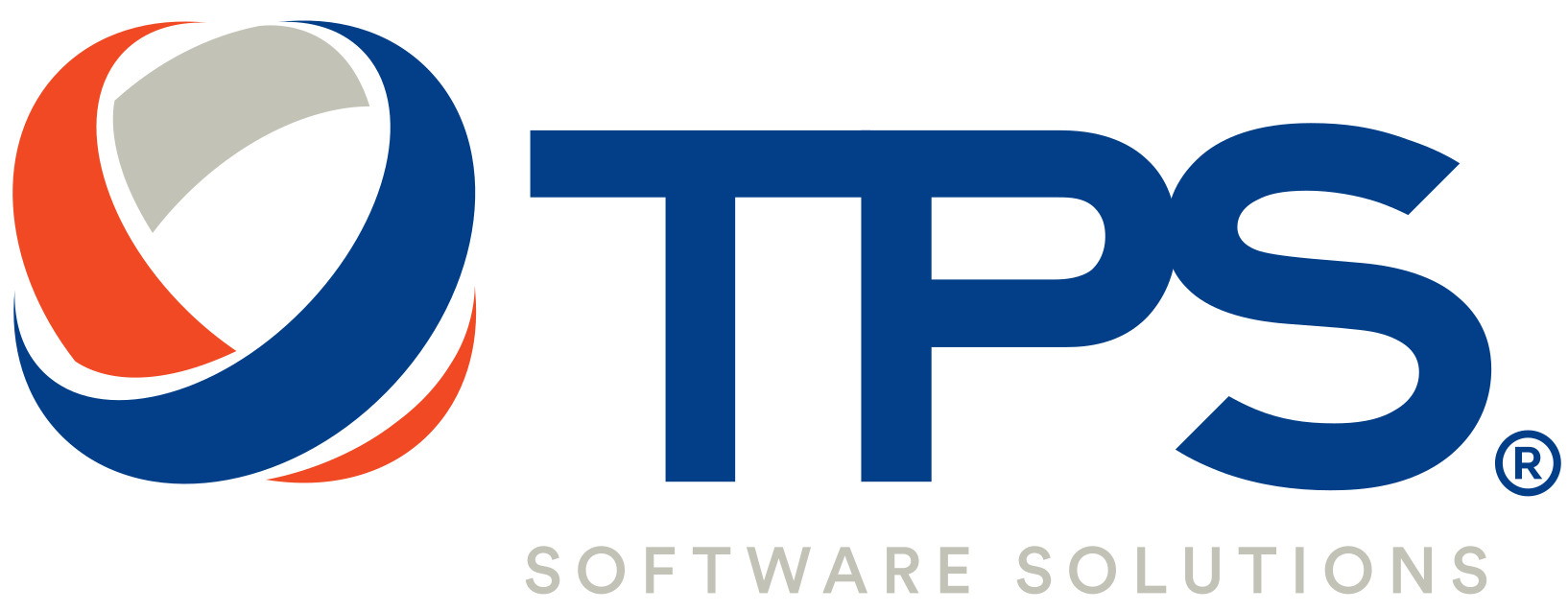The global information technology industry continues to grow rapidly and is on pace to reach $3.8 trillion in annual income by the end of 2019. Much of this growth comes from software development — which has an estimated annual revenue of $481 billion.
Companies are responding to the rapid growth in the IT market by developing software for consumers and internal use alike. However, this expanded interest in software development means that many executives lack the experience needed to oversee a successful software development project.
One of the toughest challenges for executives is how to develop custom software while maintaining their ability to quickly pivot to new market needs. Some companies continue to hire traditional employees on a full-time basis, while other businesses hire development teams through outsourcing partners.
Managers also struggle with selecting the right software development methodology and testing their software for security vulnerabilities and end-user satisfaction.
This guide will help executives build an effective software development team that can produce high-quality results that help their business grow
The most effective way to increase the odds of success during a software development project is to thoroughly plan ahead. Executives should ensure that they have the right staff for the job, select the best software development methodology for their needs, and rigorously test their software for bugs and security vulnerabilities.
1. Choose a Hiring Method
There are three types of hiring methods that managers can use to staff their upcoming software development projects. The traditional hiring method helps companies develop experienced in-house development teams but is a costly approach and limits flexibility.
On the other hand, software outsourcing arrangements can help companies supplement a lean in-house team with experienced contractors or simply outsource the entire development project to an autonomous delivery team.
- In-house development team
The traditional hiring approach favored by large companies over the past century.
Companies launch the development process by posting job openings and hiring employees after a series of interviews.
These software engineers and other experts are hired on long-term as full-time employees. Improves institutional memory and allows businesses to accumulate valuable information.
Limits flexibility. Businesses must commit to long-term salaries even if those specialized skill sets are not necessary for everyday tasks outside the software development process.
- Staff Augmentation
Work with outsourcing services to hire software developers as needed.
Supplement in-house staff with additional manpower and costly experts necessary to build high-quality custom software.
Ideal for companies with a strong in-house development team and an experienced project manager.
Provides companies with much-needed flexibility. There is no long-term employment commitment and executives can quickly retool their staff to start a new project.
- Outsourcing development team
Outsource all elements of the software development lifecycle to an experienced external team.
These autonomous delivery teams use their client’s ideas and requirements to build custom software without supervision.
Gives businesses maximum staff flexibility. No in-house development staff is needed to build software.
Ideal for companies that lack project management experience or simply want to concentrate on their core business.
You may also like:
Offshore software outsourcing – How to choose the best Offshore Dedicated Team
Software Development Outsourcing: A Complete Guide
When To Outsource to an Offshore Software Development Company ?
2. Define the project requirements and objectives
Next, you must prepare the scope of the project including all features, requirements, and objectives you expect for the deliverables. If working with an outsourcing software partner, you can have a thorough discussion over the scope with your outsourcing provider, they can consult based on their experiences about everything you need to set up an effective offshore dedicated development team, such as team size, team structure, talent’ skill sets acquired for the development, and so on. Transparency in your expectations allows your engineers to understand the project thoroughly and move forward to the goals. Also, it enables you to be navigated in control of the process management of the final project.
3. Team Structure
- Team Size
Size team is the key factor affecting a team’s productivity. The team size in software development largely depends on the project’s complexity, available resources, budget, and deadlines. If you have a bigger team, communication becomes more challenging. So a good idea is to divide the large team into a few small cross-functional independent teams led by team leads.
According to a poll on HackerLife, the most optimal size for an IT project is within 4-5 people, and on average the team comprises around 6 people. This conclusion is proven by an experiment called the Ringelmann effect, also called the social loafing phenomenon.
- Team Roles and Responsibilities
Now this one seems like an obvious one — the roles inside your team are pretty clear. There are designers, developers, and probably a tester, right? Yes but no. In reality, the roles of an effective software development team are more versatile and complex than that.
The general development team structure looks and includes the following roles:
Now let’s look more closely into each of the software development team roles:
The product owner in the case of an outsourced project is the client with a vision of how the end product should look, who the are end-users, and what it should do.
A project manager is a person responsible for managing and leading the whole team. Their role is to efficiently optimize the work of the team, ensure the product is meeting the requirements, and identify the goals for the team.
A software architect is a highly-skilled software developer who has to think through all the aspects of the project and is responsible for making high-level design choices, as well as selecting technical standards (for instance, determining the technology stack to use).
Developers or software engineers are team members who apply their knowledge of engineering and programming languages in software development.
Experience designers ensure that the product is easy and pleasant to use. They conduct user interviews, market research, and design a product with end-users in mind.
QA or tester is responsible for Quality Assurance and makes sure the product is ready to use.
The Business Analyst’s role is to uncover the ways to improve the product. They interact with stakeholders to understand their problems and needs, and later document and analyze them to find a solution.
- Team Engagement
Encouraging communication
The success of the software development project largely depends on communication.
The lack of proper attention to this aspect can harm the whole project. Clear interaction among team members can speed up the process, and boost creativity and innovation. It is very important to encourage transparency and facilitate interactions inside the team.
Communication is one of the core values of Agile methodologies. So practices such as daily standups, pair programming, or face-to-face meetings can be a great help.
Helping developers grow professionally
Technology is a competitive world. This world requires developers to constantly upgrade themselves and desire new innovations.
Attracting competent developers is a challenge, retaining them is even more difficult. That is why HR managers and company leaders are paying so many concerns about developing employees.
When you invest time and money in your developers, not only do you boost their loyalty, but you also help them cultivate new skills that will benefit your business.
4. Team Performance Evaluation
Through evaluation, you can see where your team is standing, recognize problems before things fall out in a messy bowl of soup, and act on the necessities immediately so that your project could end up a success.
Evaluation is a necessary step for effective development team building.
It helps you not only track the status of the whole team but also the progress of each individual.
Encouragement, appreciation, and appraisal play a huge part in members’ motivation, development, dedication, and commitment, therefore, you must always have a heads-up on who are the best players, the people that are worthy of receiving credits for their hard work and prosperous results.
You shall also be aware of the falling behind because they are likely to lose hope and productivity in their work.
They need consolation, encouragement, or simply someone who listens to them and has their back.
They need you as an empathetic, understanding manager to show them that work is still fun, that even though they are doing not too well, they are recognized for the effort, and that they have your belief and support to do better in the future.
Therefore, they would turn back to their lovely, happy, satisfied-with-work selves and function 10 times better than they did before.
But to do that? Evaluate each of them.
5. Applying Agile Methodology and Developing a Scrum Team
Since the Agile development methodology’s creation, the software development approach has been adopted by major companies in every industry and country in the world.
The main reason behind Agile’s success is the methodology’s focus on the customer over all else. Agile development projects ensure that engineers create a minimum viable product as early in the development cycle as possible. This minimum viable product consists of the bare-bones structure and limited main features of the planned software.
This software iteration is released to select end-users to solicit crucial feedback. This includes information on which features are most important to the customer, whether the software can better solve the customer’s pain points, and how to best concentrate the development team’s efforts.
Agile methodologies are ideal for projects that aim to fix a problem with no current solutions. That’s because the end-user feedback can help developers understand how to best help customers. However, this flexibility comes at a cost — these projects can quickly run over budget and exceed initial time estimates.
In summary, Agile development methodologies are highly flexible and can be adapted to a wide variety of project types.
Focus on creating a minimum viable product early on. End users provide crucial feedback that helps engineers create a more efficient, successful product.
Can easily exceed cost and time projections. Requires an experienced project manager to keep the project on track.
Ideal for projects with no real precedent. Allows developers and stakeholders to change goals and swap key features with ease.
You may also like:
Software Development: The Essential Guide
Top 9 Software Development Trends in 2021
Sum up
Deciding on a good software development team is crucial for the success of the software project. Being led by experts with 20 years of experience in the outsourcing industry enables TPS Software to successfully assist our partners in building up potential offshore dedicated teams that drive the success of the software development projects and create fruitful long-lasting partnerships. We hope our sharing above may help you select a promising team to accompany you on your software development project.
In 5 years of operation, TPS Software has recruited 180 well-versed engineers to the team, which has enabled us to achieve successful deliverables. Also, that valuable resource allows us to be more competitive for potential software developments. We believe we have enough competencies to handle dynamic software outsourcing projects.
Contact us and have free a consultation with our expert to build a potential team for your software development outsourcing













